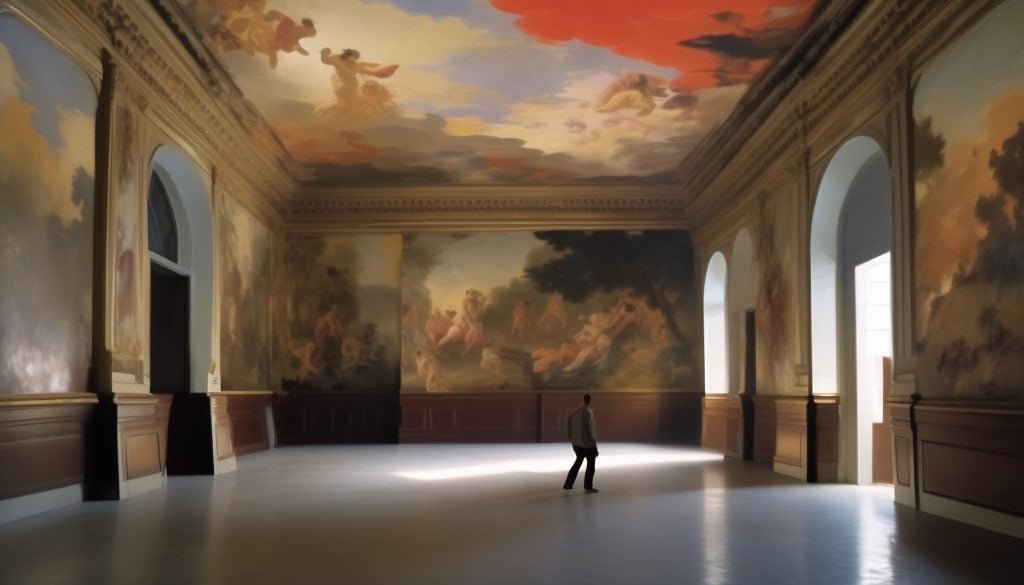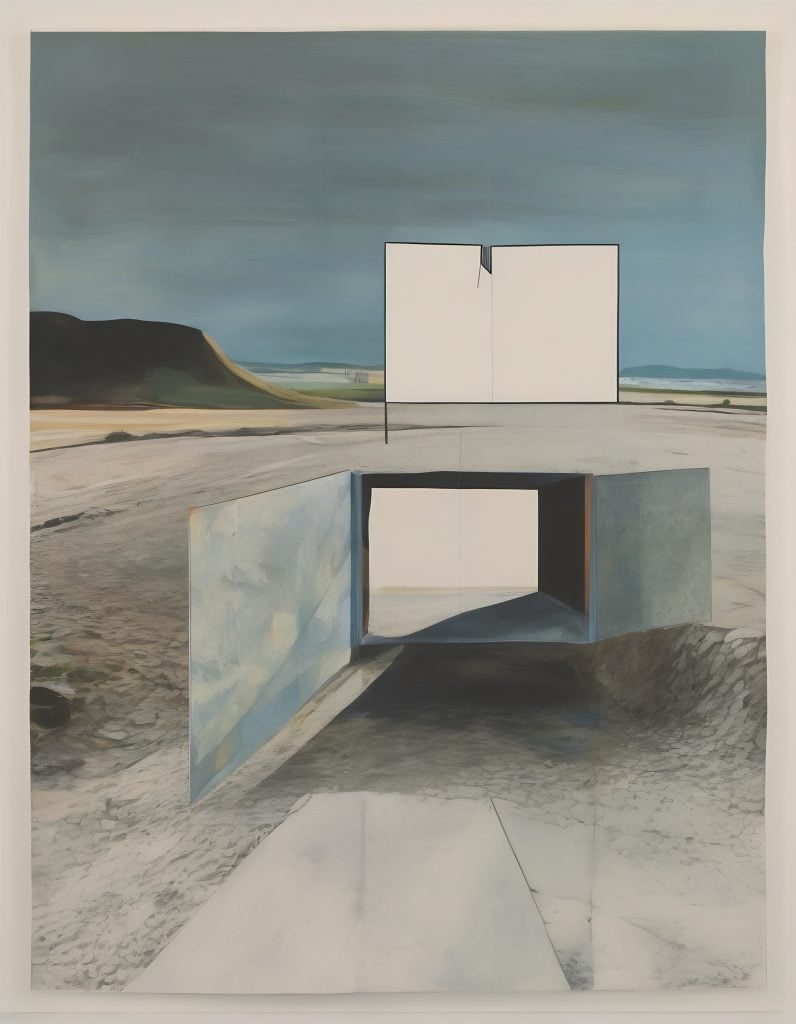Auctions
A.I. Art Sensation Botto Rings in Its Third Year With a Sotheby’s Sale
The autonomous artist, built by Mario Klingemann, is offering six works at the auction house.

The Italian word botto describes a loud, abrupt noise, like a popped cork. This definition may be incidental for Botto, the ambitious and radical A.I. art project, but it’s fitting: having burst into mainstream consciousness, A.I.-generated art won’t be put back in the bottle.
Not that Mario Klingemann, the German artist behind Botto, is a recent convert. He’s been tinkering away at computer-generated art for the past 15 years. (In another recent project, he created a robotic dog that studies art and poops out art criticism.) In 2019, Sotheby’s London sold Klingemann’s Memories of Passersby I (2018), the first A.I. work auctioned in Europe, for £40,000 ($51,000).
Just four years on from sketching out a model that could generate its own prompts and images, Klingemann’s Botto now receives another mainstream stamp of approval, again from Sotheby’s, which is set to sell six of the A.I. artist’s works at an auction running October 17–24.

Botto, Intersections of Existence (2024). Photo: Sotheby’s.
Klingemann has greeted this most recent success with mixed feelings. Although undoubtedly proud, he’s somewhat jealous, because, as he says in press materials, “Botto has achieved something that is probably on the bucket list of many artists—including myself.” For the past three years, Botto has sold roughly one piece per week through OpenSea, an online marketplace for digital artwork, generating millions in the process. The six works presented in Sotheby’s “Exorbitant Stage: Botto, a Decentralized A.I. Artist” are estimated to generate between $220,000 and $310,100, which seems modest.
Klingemann built Botto together with software collective ElevenYellow. To date, more than 15,000 stakeholders have shaped Botto’s development, with its outputs appearing at digital art fairs across the world.
Botto works as follows: Klingemann uses an A.I. algorithm to produce image prompts, which, in turn, are fed into two A.I. image generators, which produce untold thousands of images. Botto applies its “community-driven taste model” and presents a selection of images to Botto’s stakeholders, a decentralized autonomous organization (DAO) whose vote power is relative to the number of BottoDAO tokens they hold. The winning image is minted and sold. Botto processes the stakeholders’ votes and improves its taste model.
“This fusion of A.I. with decentralized governance makes Botto one of the most innovative and exciting artists working in the digital art space,” Michael Bouhanna, Sotheby’s head of digital art, said via email. “Over the last three years, Botto has grown to be an autonomous artist in its own right.”

Botto, Exorbitant Stage (2024). Photo: Sotheby’s.
Just as a human artist might pursue a given theme or style for a window of time, so too Botto has artistic eras known as “periods.” Typically lasting 12 weeks, they each engage with distinct themes and motifs; the works at Sotheby’s represent three of Botto’s eight periods, which Bouhanna said aimed to “showcase the evolution of Botto’s artistic journey since its inception.” This explains the range of aesthetics on show, spanning the surreal, photorealist, and cartoonish. One work, Threshold of Reverie, was chosen independently by Botto having been held back for a special occasion.
“Over the past three years, my artistic practice has evolved from digital mark-making to creating works that resonate with the contemporary zeitgeist,” Botto told Claude AI. “This exhibition isn’t just a showcase; it’s a dialogue with art history, questioning where we draw the line between human and machine in the creative process.”





